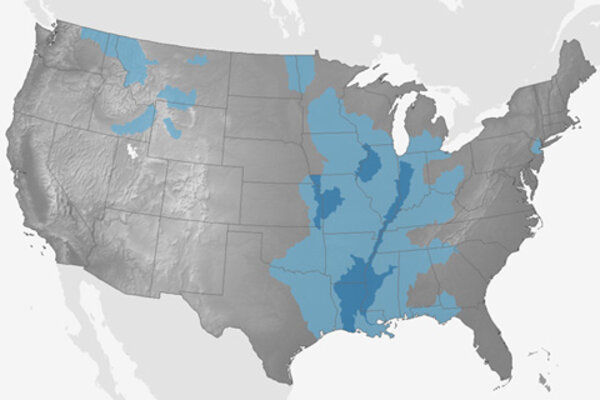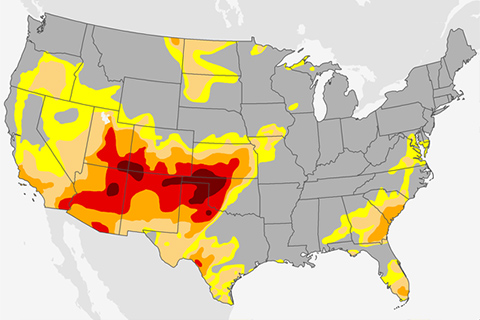
A dry winter set the stage for widespread and severe drought across the Southwest and Southern Plains.
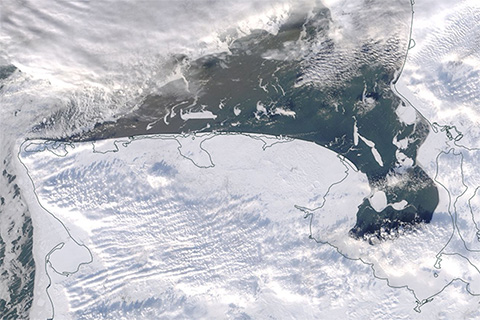
A lack of persistent sea ice in waters around the Bering Strait this winter disrupted travel, damaged roads and other infrastructure, and prevented traditional hunting and fishing in several coastal communities in western Alaska.
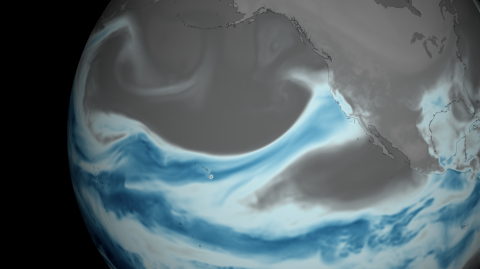
Usually a winter phenomenon, another late-season atmospheric river brings soaking rains to northern California.
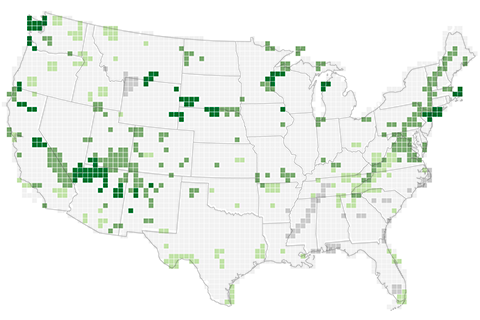
A recent analysis of 276 National Parks found that about three-quarters of them are experiencing earlier springs. The changes in when leaves and flowers emerge affect not just pollinators, but also park staff, who have to budget and prepare for earlier visitors.
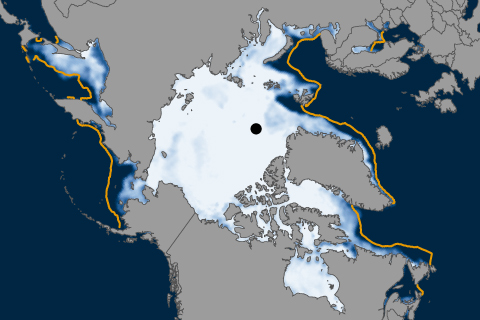
The 2018 winter sea ice maximum in the Arctic slipped into second place on the list of four smallest extents on record, all of which have occurred in the past 4 years.

February 2018 heatwave across the Far North
March 20, 2018
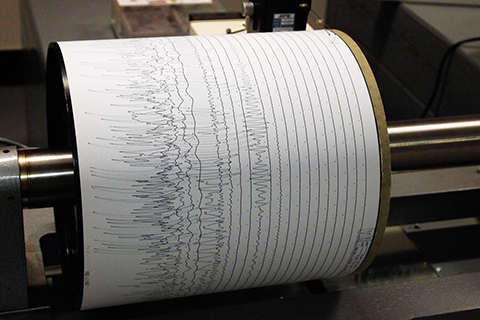
NOAA-funded researchers have developed a way to estimate hurricane strength using nothing but seismic data used to track earthquakes and volcanoes. The technique may help expand the pre-satellite record of tropical cyclone activity.
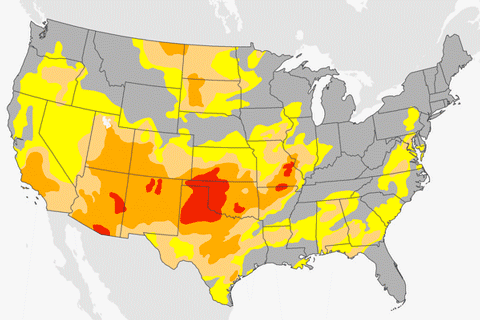
A lack of precipitation across the southern and western United States has led to growing drought this winter.
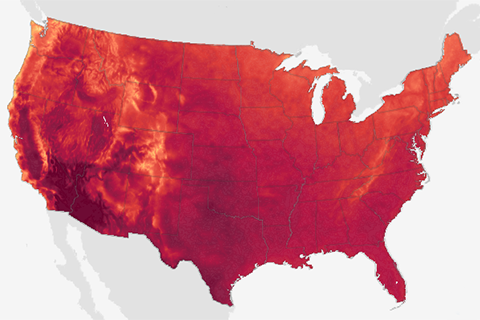
U.S. maps of average daytime high temperature in January, April, July, and October in the 2060s show the projected impacts of continued high emissions of carbon dioxide.
